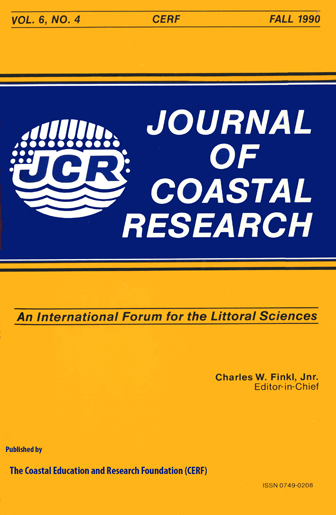Sand Beach Macrofauna of the Gulf of Maine with Inference on the Role of Oceanic Fronts in Determining Community Composition
Keywords:
Species composition, zoogeography, macrofauna, oceanic fronts, sand beaches, Gulf of MaineAbstract
This investigation of northern Gulf of Maine sand beach macrofauna highlights two sharp discontinuities in species composition and density in 300 linear kilometers of coastline. These discontinuities, correlated with steep temperature gradients, subdivide the sand beach macrofauna into 3 site groups: a southern site-group enveloped by the 16°C isotherm, a central site-group characterized by 12-14°C surface water temperatures and a northern group encapsulated within the 10°C isotherm. The southern site-group is densely populated by haustoriid amphipods while the central and northern site-groups are dominated by annelids. Satellite infrared imagery relates this distribution-pattern to water column structure, i.e. the breaks between the three identified site-groups correspond to the location of seasonally prominent oceanic fronts. The intensity of vertical mixing largely controls surface water temperature. It is hypothesized that the observed variations in sand beach macrofaunal community composition are mediated through the influence of temperature on reproductive processes.


